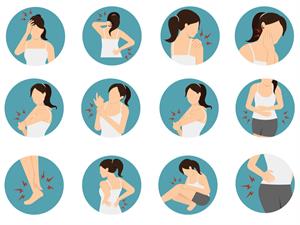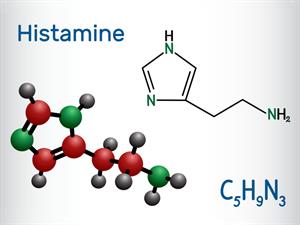PDF chapter test TRY NOW
Analgesics
The suppressing chemicals produced from our body specifically reduce the pain by acting either in CNS (Central Nervous System) or peripheral mechanism without affecting consciousness called analgesics.
In \(1860\), Albert Niemann (a Germany scientist) who isolated cocaine from coca leaves that is the first local anaesthetic.
Other names:
- Pain killer
- Anesthetic
- Anodyne
- Soother
How is the pain created?
The pain is created from the brain, not at the injury spot. For example, let us take the burn of fire on the hand. The impulse forwarded to the brain sends the immediate response. To react to the messages from the brain, muscles pull off our hands from the fire.
To react to the messages received from the injury spot, the brain sends back messages that are the initiative process ofhealing. The process triggers the suppressing chemicals, excess production of white blood cells and platelets to cure the damaged tissues at the injured spot.
Common pains:

Common body pains
- Back pain
- Neck pain
- Joint pain
- Pain from nerve damage
- Headache
- Pain from an injury
Some common analgesics:
- Paracetamol
- Salicylates
- Morphine and oxycodone
How do analgesics react and reduce the pain in our body?
Take an instance that our body is affected by fever. When we administered paracetamol, it reacts with the receptor and reduce the severity of the signals to the brain and the release of prostaglandins (the substance which increases the body temperature and pain).
Side effects of analgesics:
- Drowsiness
- Nausea
- Skin itching
- Dry mouth
- Constipation
Risk:
- Taking more dosages than recommended by a doctor may cause liver damage and death.
- Taking overdosage of opioids than recommended by a doctor or combining them with other drugs like alcohol can damage the central nervous system.
Precaution:
Your doctor should suggest a regular urine test to check treatment observance.
Antihistamine
A drug which combats with histamine in our body and used for treating allergic reactions.
Histamine is a nitrogenase organic compound, acts as a chemical messenger in a number of biological reactions. When external bodies such as pollens get in the body, the immune system thinks that the substance is harmful and generates histamine release.

Histamine
When histamine is released, it associates with histamine receptors on the surface of the cell or within a target cell. It makes changes in the physical process which occurs in the body.
The histamine release shows its symptoms in the eyes, nose, larynx, lungs, skin, kidney, blood and digestive system. In certain smooth muscles, they make relaxation of blood capillaries that increase the flow of lymph and its protein content, resulting in redness and rashes (edema (oedema)).
The histamine release shows its symptoms in the eyes, nose, larynx, lungs, skin, kidney, blood and digestive system. In certain smooth muscles, they make relaxation of blood capillaries that increase the flow of lymph and its protein content, resulting in redness and rashes (edema (oedema)).

- Diphenhydramine
- Chlorpheniramine
- Cimetidine
Example:
Unpleasant effects:
- Mouth dryness
- Sleepiness
